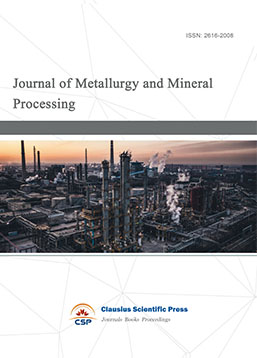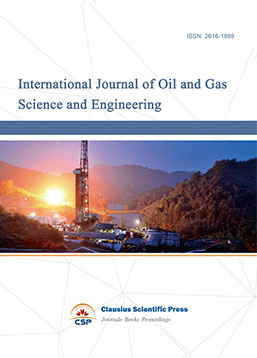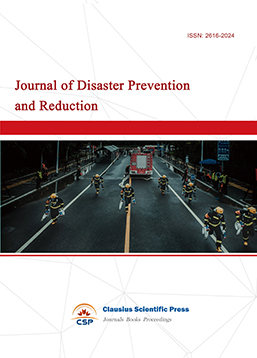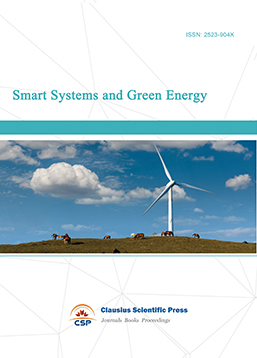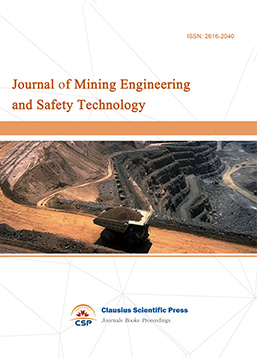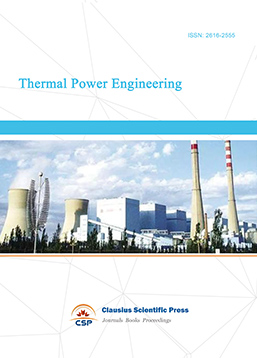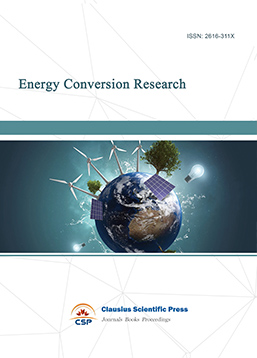Energy-Efficient Design and Preliminary Validation of a Tertiary Oil Vapor Recovery System
DOI: 10.23977/fpes.2024.030101 | Downloads: 3 | Views: 103
Author(s)
Xiang Feng 1, Jiaqi Wang 1, Xuecheng Wu 1
Affiliation(s)
1 School of Mechanical and Electronic Engineering, Wuhan University of Technology, Wuhan, 430070, China
Corresponding Author
Xiang FengABSTRACT
In recent years, China has gradually increased its support for tertiary oil vapor recovery at petrol stations. Under this call, this paper aims to improve the existing condensation and membrane separation combined process. A low-power Pressure Control Device is designed to replace the compressor and vacuum pump, which greatly saves the energy consumption of the main system. A newly designed composite membrane is used to simultaneously perform the condensation and separation steps to improve the efficiency of oil vapor condensation and separation. Moreover, the whole system also takes into account the effects of temperature variations and residual vapor on the separation efficiency to further improve the overall efficiency. Finally, a preliminary feasibility verification of the designed system is carried out to prove its feasibility in principle.
KEYWORDS
Tertiary oil vapor recovery, petrol station, energy-saving cost, VOCs treatmentCITE THIS PAPER
Xiang Feng, Jiaqi Wang, Xuecheng Wu, Energy-Efficient Design and Preliminary Validation of a Tertiary Oil Vapor Recovery System. Frontiers in Power and Energy Systems (2024) Vol. 3: 1-5. DOI: http://dx.doi.org/10.23977/fpes.2024.030101.
REFERENCES
[1] Shie, J-L, Lu, C-Y, Chang, C-Y, Chiu, C-Y, Lee, D-J, Liu, S-P & Chang, C-T 2003, "Recovery of gasoline vapor by a combined process of two-stage dehumidification and condensation", Journal of the Chinese Institute of Chemical Engineers, Vol. 34 (6), p605-616.
[2] Shi, Li and Weiqiu Huang. "Sensitivity analysis and optimization for gasoline vapor condensation recovery." Process Safety and Environmental Protection 92 (2014): 807-814.
[3] Chen D, Han Z, Han X, et al. Design, operation, and case analyses of a novel thermodynamic system combining coal-fired cogeneration and decoupled Carnot battery using CO2 as working fluid [J]. Energy conversion & management, 2023(Nov.):296.
[4] L. Yajun, L. Maoqing and C. Yeqing, "The optimal design of frequency conversion controlled vapor recovery system based on the flow and temperature signals", 2015 International Conference on Fluid Power and Mechatronics (FPM), Harbin, China, 2015, pp. 152-156.
[5] Liu Jian, Zhao Yongqiang, Gregers N.S. Larsen, Audun Snartum, "Implications of road transport electrification: A long-term scenario-dependent analysis in China", eTransportation (2020): 100072.
| Downloads: | 69 |
|---|---|
| Visits: | 5762 |
Sponsors, Associates, and Links

 Download as PDF
Download as PDF